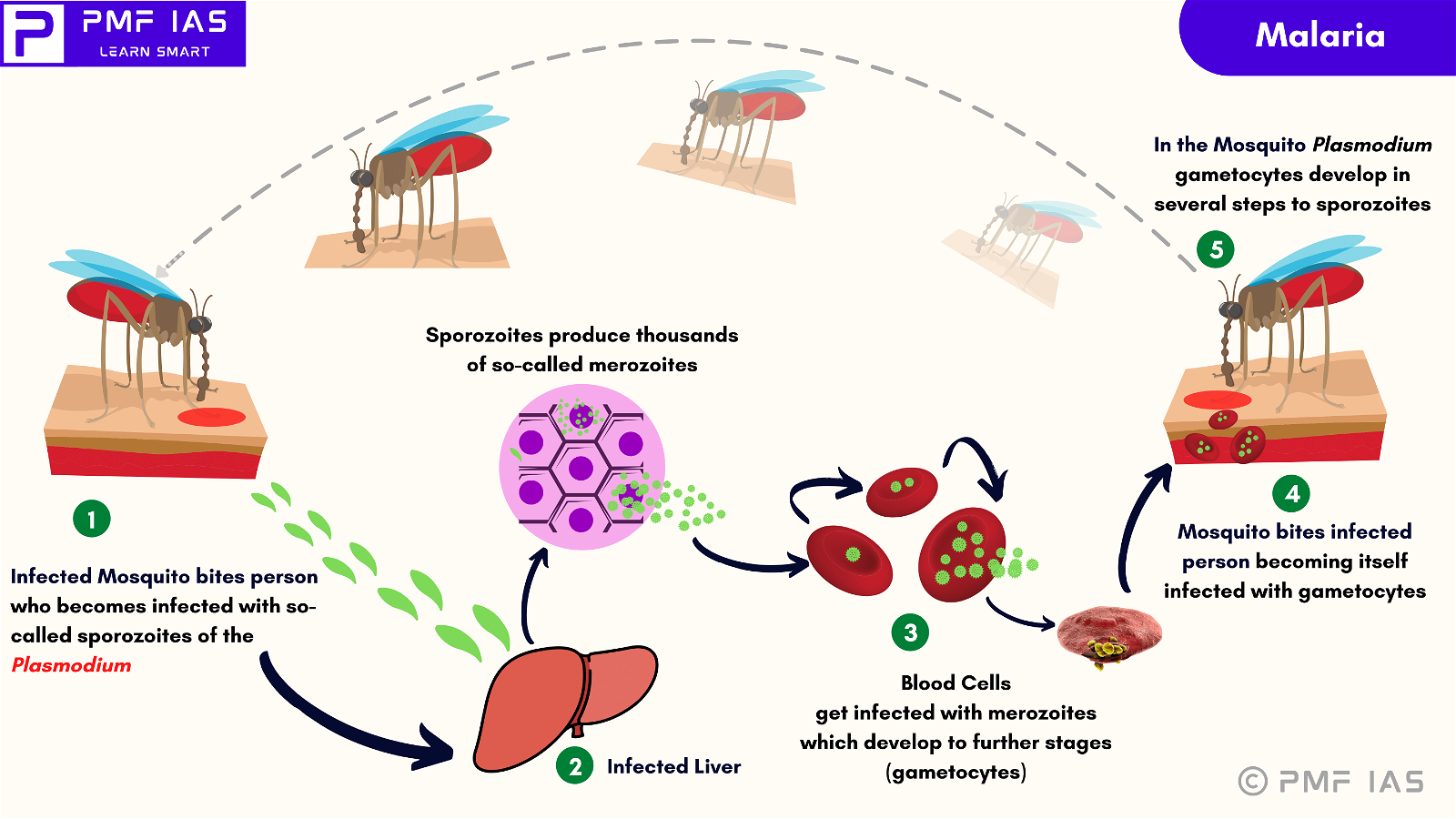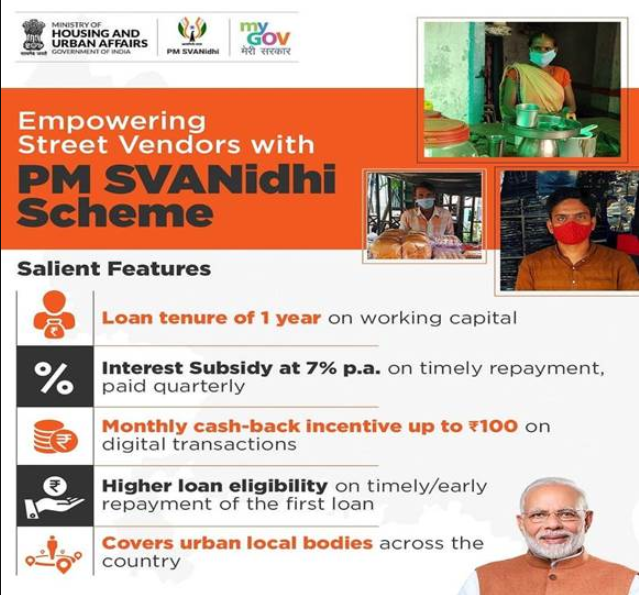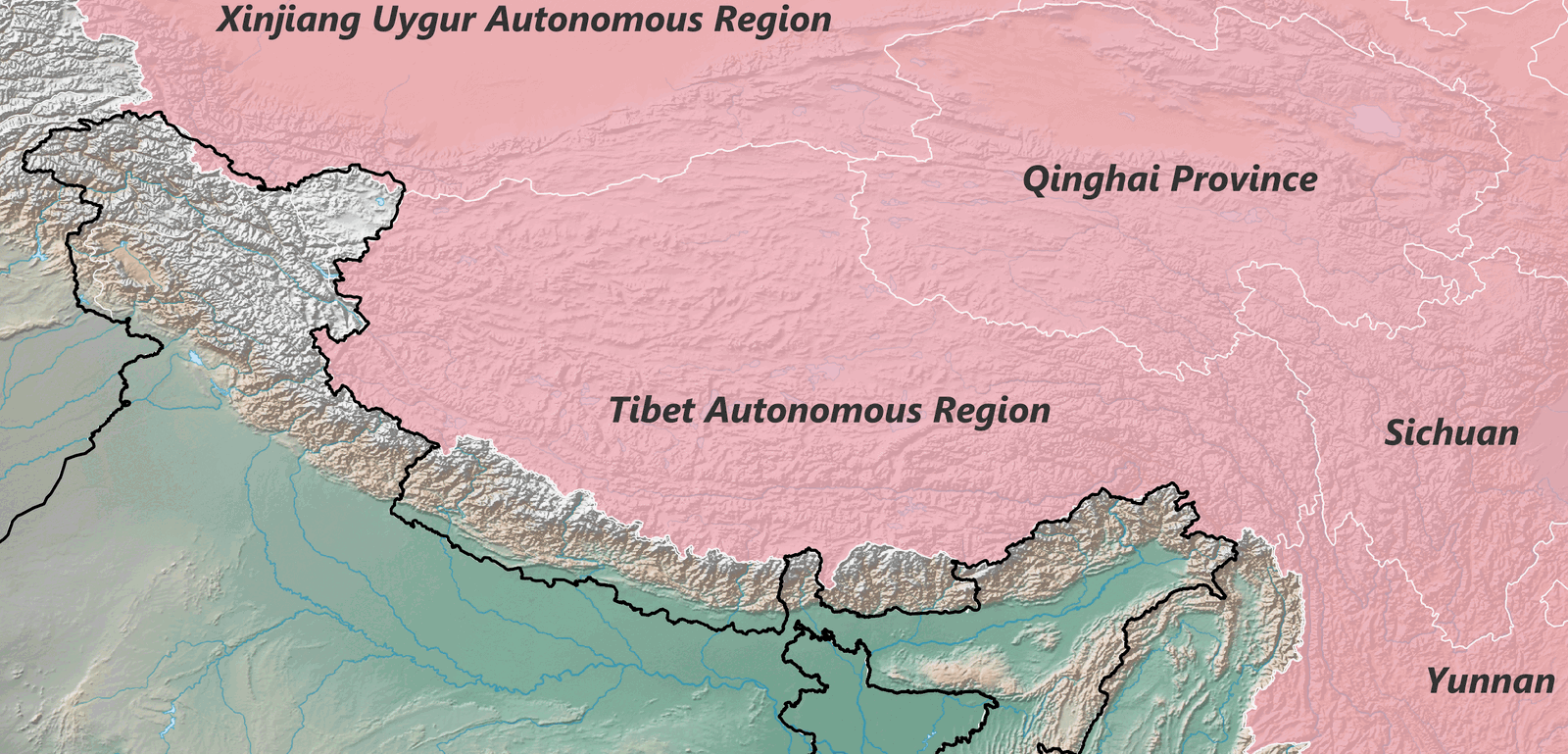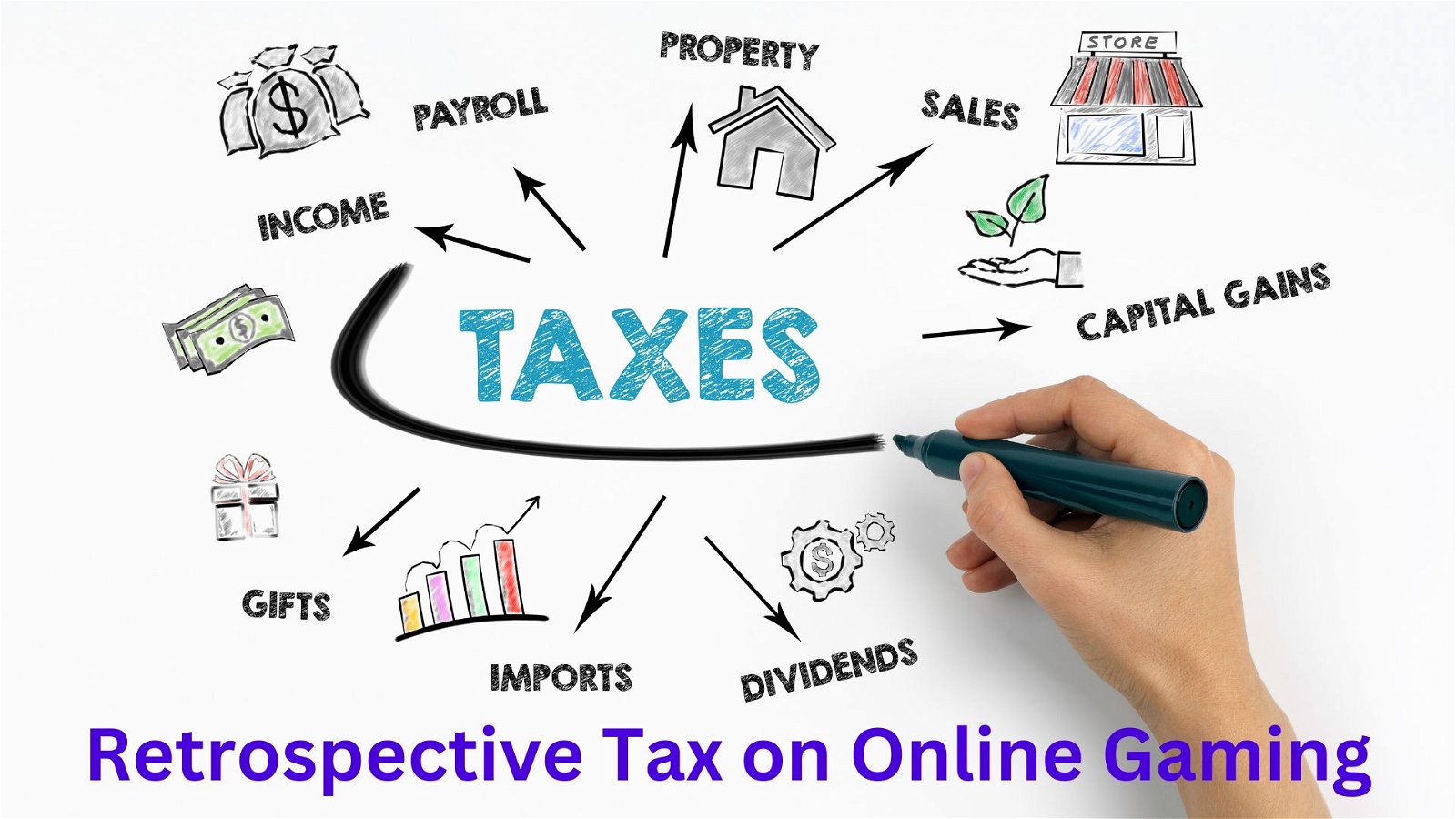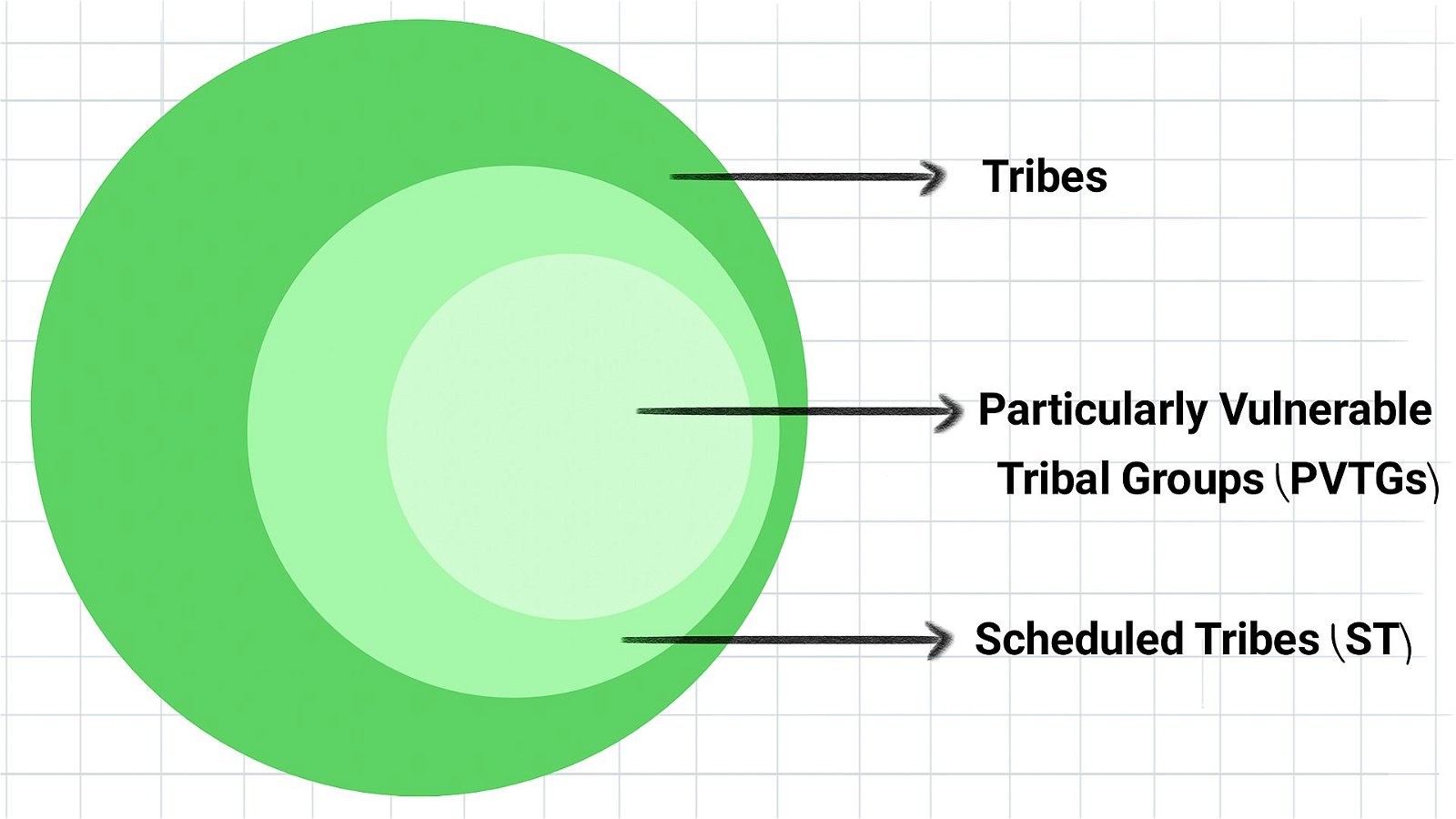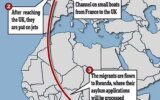
Current Affairs October 29-30, 2023: United Nations General Assembly (UNGA) Resolution, Presiding Officer of Lok Sabha, Universal Basic Income
Subscribers of "Current Affairs" course can Download Daily Current Affairs in PDF/DOC
Subscribe to Never Miss an Important Update! Assured Discounts on New Products!
Must Join PMF IAS Telegram Channel & PMF IAS History Telegram Channel
{GS2 – IR – India-Qatar} Bilateral Relations
- Context (IE): Eight former personnel of the Indian Navy who were working in their private capacity were detained in Doha in 2022 and have been sentenced to death by a Qatari court.
India-Qatar Bilateral Relations
Bilateral trade
- India’s bilateral trade with Qatar in 2022 23 was US$ 18.77 billion.
- India’s export to Qatar during 2022 23 was US$ 1.96 billion, and India’s import from Qatar was US$ 16.8 billion. Therefore, the trade balance continues to be heavily in Qatar’s favour.
- India is the third largest export destination for Qatar (China and Japan being the other two) and among the top three sources of Qatar’s imports, along with China and the US.
- Qatar is the largest supplier of Liquefied natural gas (LNG) to India, accounting for over 48% of India’s global LNG imports.
Defence cooperation
- The India-Qatar Defence Cooperation Agreement was signed in 2008 and extended for another five years in 2018.
- India regularly participates in the biennial Doha International Maritime Defence Exhibition and Conference (DIMDEX) in Qatar.
- Both countries have conducted joint naval exercises called “Zair Al Bahr” in two editions.
Indian Community
- There are over 8,00,000 Indian nationals residing in Qatar.
- They comprise the largest expatriate community in Qatar.
Qatar’s Influence in World Politics
- Qatar played an important role as a mediator in the Doha Agreement between the US & the Taliban.
- Qatar is leading mediation talks with Hamas and Israeli officials over the release of hostages after the Israel-Hamas conflict.
Challenges in the India-Qatar relationship
- Derogatory Comments: In 2022, a BJP spokesperson made derogatory references to the prophet, leading to objections from Qatar, which demanded a public apology from India.
- Jailing of eight ex-Navy personnel: The arrest & imposition of the death penalty on India’s ex-Navy personnel by Qatar without disclosing any valid reasons or credible evidence has created tensions.
Qatar
|
{GS2 – IR – UN} United Nations General Assembly (UNGA) Resolution
- Context (IE): India abstained from voting on the resolution on the Israel-Hamas conflict at the UNGA.
- UNGA discusses issues through a dedicated agenda, which leads to the adoption of resolutions.
- A UNGA resolution requires a simple majority to pass. The resolutions adopted are considered recommendations and are not legally binding on the Member States.
- The only legally binding resolutions are those adopted by the Security Council.
UN General Assembly (UNGA)
- The UN General Assembly (UNGA) is the main policy-making organ of the UN.
- It provides a forum for multilateral discussion on international issues covered by the UN Charter.
- The Assembly meets regularly from September to December yearly and thereafter as required.
- It comprises all Member States, and each of the 193 Member States has an equal vote.
{GS2 – MoWCD – Schemes} Pradhan Mantri Matru Vandana Yojana (PMMVY)
- Context (PIB | PIB): To promote ‘Digital India,’ ‘Make in India,’ and ‘Atma Nirbhar Bharat,’ a new PMMVY Portal (PMMVYsoft MIS) has been developed.
- PMMVY is a centrally sponsored direct benefit scheme that provides financial assistance to pregnant and lactating women in the country.
- It was launched in 2017 under the Ministry of Women and Child Development.
- It was revised and incorporated as a component of Mission Shakti from 2022.
- PMMVY Scheme is implemented as per provisions of the National Food Security Act (NFSA), 2013.
Objectives of PMMVY
- Provide a cash incentive to compensate for wage loss, allowing women to rest before and after their first child’s birth.
- Improve health-seeking behaviour amongst pregnant women & lactating mothers (PW&LM).
- Promote positive change toward girls by offering cash incentives for a second child if it’s a girl.
Beneficiaries of PMMVY
- Women belonging to scheduled castes and scheduled tribes
- Women who are partially (40%) or fully disabled (Divyang Jan)
- Women holder of BPL ration Card
- Women Beneficiaries under PradhanMantri Jan AarogyaYojana (PMJAY) under Ayushman Bharat
- Women holding E-shram card
- Women farmers who are beneficiaries under Kishan Samman Nidhi
- Women holding MGNREGA Job Card
- Women whose net family income is less than Rs. 8 Lakh per annum
- Pregnant and Lactating AWWs/ AWHs/ ASHAs
- Any other category as may be prescribed by the Central Government
Exclusion from PMMVY
- All pregnant women and lactating mothers who are:
- in regular employment with the Central or State Govt or Public Sector Undertakings.
- in receipt of similar benefits under any law for the time being in force.
Benefits Under PMMVY
- Benefit is available to a woman for the first two living children provided the second child is a girl.
- First child: ₹5000 in two instalments
- Second child: ₹6000 in one instalment after the birth
Exceptions
- In case of miscarriage/still birth, the beneficiary will be treated as fresh beneficiary in event of any future pregnancy.
Mission Shakti
Sub-schemes of Sambal
Sub-schemes of Samarthya
|
National Food Security Act (NFSA), 2013
Features of NFSA 2013 for Pregnant and Lactating Mother
|
{GS2 – Polity – IC – Parliament} Presiding Officer of LS
- Context (IE): The US House has been without a speaker for three weeks.
Speaker of the United States House of Representatives
|
Speaker of Lok Sabha (LS)
- The Speaker of the LS is the presiding officer and the highest authority of the LS.
- The LS must choose one of its members (MPs) to be the Speaker as soon as possible.
- To be elected speaker, a candidate must receive a majority of votes from the MPs present and voting.
- When the post of Speaker is vacant:
- The House must choose a new member to fill the vacancy.
- The Deputy Speaker presides over the Lok Sabha.
- If the post of both the Speaker and Deputy Speaker is vacant, the President can appoint a member of the LS as the Speaker pro tem.
- When the speaker is absent:
- The Deputy Speaker presides over the LS.
- If both the Speaker and Deputy Speaker are absent, anyone from the Panel of Chairpersons can preside over the house.
Panel of Chairpersons
|
- After the dissolution of LS:
- The Speaker remains in office until just before the first meeting of the new House.
- When the LS meets after the election, the President appoints a member of the LS as a pro-tem speaker for the conduct of the house.
- The President himself administers oath to the pro tem speaker.
- Pro tem speaker administers the oath to MPs and enables the house to elect the new speaker.
Vacating the Speaker’s Office
- The speaker has to vacate his office:
- If he ceases to be a member of the LS
- If he resigns by providing written notice to the Deputy Speaker
- If he is removed by a resolution passed by a majority of all the members of the LS.
Role of Speaker under IC
- As the presiding officer of the LS at the Centre and the Legislative Assembly in the States, the Speaker must act impartially.
- The speaker is the custodian of the rights & privileges of the House, its committees, and its members.
- Apart from the traditional roles with respect to the conduct of business, important functions of the Speaker include:
- Certifying a Bill to be a Money Bill.
- Deciding on disqualification under the Tenth Schedule for defection.
- Suspension of members for misconduct in the House.
- Referring a bill to the standing committee.
Misuse of the Power
- The LS/Legislative Assembly rules provide for suspension of members for misconduct in the House. The Speakers and the Houses misuse these provisions often against the Opposition members.
- The Speaker can refer to Bills introduced to the Parliamentary Standing Committees. However, even significant Bills that require detailed scrutiny are not referred to such committees.
- There have also been challenges in the Court in recent years against the certification of certain Bills as a Money Bill by the Speaker of the LS.
Authority Under the Tenth Schedule
- The Speaker is the deciding authority on disqualifying members under the Tenth Schedule.
- While he/she is expected to perform this constitutional role neutrally, past instances suggest that the Speakers favour the ruling dispensation.
- The minority judges in Kihoto Hollohan (1992) believed that vesting the power to decide on defections with the Speaker violates the basic democratic principles.
- The SC in Keisham Meghachandra Singh vs The Hon’ble Speaker Manipur (2020) recommended amending the Constitution to vest these powers in an independent tribunal headed by judges.
Way Forward
- Speakers should act impartially & refrain from engaging in any conduct perceived as inappropriate.
- The Indian Parliament must follow British practices to build trust in the Speaker’s role.
Speaker in Britain
|
{GS2 – Governance – Welfare} Universal Basic Income
- Context (DTE | DTE | TH | FE | ES): Local experiments in India with universal basic income (UBI) have yielded positive results, bolstering support for this social policy.
- UBI is a programme where every adult citizen receives regular, fixed payments as income support.
Arguments in Favour of UBI in India
- Social Justice
- Poverty Reduction
- Agency: By taking the individual as the unit of beneficiary, UBI can enhance agency (esp. of women).
- Employment: UBI promotes non-exploitative bargaining by freeing individuals from accepting harsh working conditions for survival.
- Administrative Efficiency: It will help to overcome the weaknesses of existing welfare schemes (like misallocation, leakages and exclusion of the poor).
- Choice: UBI provides unconditional cash benefits, allowing people to choose and pursue their goals.
- No exclusion error: As all individuals are targeted, the exclusion error (poor being left out) is zero.
- Insurance against shocks: UBI will provide a safety net against health, income and other shocks.
- Financial inclusion: Direct benefit transfers will improve financial inclusion.
- Psychological benefits: A guaranteed income will reduce the pressures of finding a basic living daily.
- Ready infrastructure: When the trinity of Jan-Dhan, Aadhaar, and Mobile (popularly called JAM) is fully adopted, the transfer of UBI benefits will become easy.
|
|

Arguments Against UBI in India
- Conspicuous spending: Beneficiaries (esp. male) may spend the cash benefit on wasteful activities.
- Reduction in labour supply: This guaranteed income might make people lazy and opt out of the labour market (this has happened with MGNREGA).
- Gender disparity: Gender norms can influence UBI sharing within households, often with men having more control over spending.
- Implementation: A UBI may put too much stress on the banking system (the banking infra is already stressed with Jan Dhan Yojana and various DBT schemes like PM KISAN SAMMAN NIDHI).
- Fiscal cost: The UBI’s burden on the state exchequer will raise concerns about funding and taxation.
- Difficulty in exit: Once introduced, it may become difficult for the government to wind up a UBI.
- Inflation: Injecting large amounts of money into the economy through UBI can lead to inflation.
- Market fluctuations: Cash transfers, unlike stable food subsidies, can see their purchasing power reduced by market price fluctuations.
- Diverse Society: Due to India’s diversity, one-size-fits-all initiatives like UBI may fail.
Universal Basic Insurance vs Universal Basic Income
- Universal basic insurance is a programme in which all citizens receive a basic level of insurance coverage, regardless of their income or employment status.
- Universal basic insurance is a better proposition for India for two reasons.
- India’s insurance penetration (premium as a percentage of GDP) has been hovering around 4% for many years compared to 17%, 9%, and 6% in Taiwan, Japan and China, respectively.
- Although the economy is mostly informal, data on this sector is now accessible to businesses through GSTIN and unorganised workers through e-Shram.
|
{GS3 – IS – Cyber Crime} SIM Swap Scam

- Context (IE): Many victims are losing money due to SIM swap fraud.
- In the SIM swap scam, fraudsters first take personal details such as phone numbers, bank account details, and addresses with the help of phishing or vishing.
- Then the fraudsters visit mobile operator outlets, pose as the victim with forged ID and report fake mobile/sim card theft. By doing this, they attain a duplicate SIM.
- After the duplicate sim gets activated, the scammers will control the victim’s phone number.
- The scammer can then use the phone number to access victims’ online accounts, such as bank accounts, email, and social media accounts.
|
{GS3 – S&T – Tech} Cloud Seeding
- Context (TH | TOI): Cloud seeding experiment in Solapur of Maharashtra resulted in 18% more rainfall than normal conditions.
- Solapur falls on the leeward side of the Western Ghats and hence normally gets low rainfall.
- Cloud seeding is a weather modification technology that artificially stimulates rainfall by spraying chemical substances into the air that serve as cloud condensation nuclei.
- Cloud condensation nuclei are small particles upon which water vapour condenses to form clouds.
- The chemical substances used are silver iodides, potassium iodides, dry ice (solid carbon dioxide) or liquid propane.
- It works only when there are enough pre-existing clouds in the atmosphere.


Different Cloud Seeding Methods
- Hygroscopic Cloud Seeding: Salts are sprayed through explosives in the lower portions of clouds.
- Static Cloud Seeding: Chemicals like silver iodide crystals are sprayed into clouds.
- Dynamic Cloud Seeding: Vertical air currents are boosted to encourage more water to pass through the clouds which translates into more rain.
|
Applications of Cloud Seeding
- Increases rainfall
- Regulates weather: Creates favourable microclimates by dispersing fog, suppressing hail, and modifying cyclones.
- Controls air pollution and water pollution
Limitations of Cloud Seeding
- Cannot mitigate drought: It can simply partially address the water requirements.
- Cannot produce rainfall from all clouds.
Challenges in Cloud Seeding
- Cause abnormal weather conditions: For e.g., when naturally less moisture place receives more rainfall, then it may cause flash floods.
- Harmful for environment and health: Chemicals used in cloud seeding are toxic.
- Contribute to global warming: The chemicals used in cloud seeding are a source of GHGs.
{Prelims – IR – Defense Exercises} Exercise KAZIND 2023
- Context (PIB): The Indian Army and Indian Air Force will participate in the 7th edition of Joint Military ‘Exercise KAZIND-2023’ that will be conducted at Otar, Kazakhstan.
- The Exercise between India and Kazakhstan was started as ‘Exercise PRABAL DOSTYK’ in 2016.
- After the second edition, the Exercise was upgraded and renamed ‘Exercise KAZIND’.
- The Exercise has been further upgraded as a Bi-service Exercise this year by including the Air Force.
{Prelims – PIN India} Falkland
- Context (TH): Falkland is in the Aizawl District of Mizoram in India.
- It has the largest concentration of more than 12,500 people displaced from Manipur.

Unification of the Zo
|
{Prelims – S&T – Defence} Tug Boat ‘Mahabali’
- Context (PIB): 25T Bollard Pull Tug, ‘Mahabali’ was launched at Bharuch, Gujarat.
- This Tug is flag bearer of “Make in India” initiative of the Ministry of Defence.
- A tugboat or tug is a marine vessel that manoeuvres other vessels by pushing or pulling them, with direct contact or a tow line.
- Uses of tug boats:
- Ship assistance and port operations
- Emergency response: E.g., assisting distressed vessels, prevent disasters in case of oil spills.
- Recover sunken or stranded vessels and cargo.
- Icebreaking and firefighting
- Oil rig support
- Barge Transportation: Tugboats tow barges, which can carry various cargo
- Adapted for research and survey works




![PMF IAS Environment for UPSC 2022-23 [paperback] PMF IAS [Nov 30, 2021]…](https://pmfias.b-cdn.net/wp-content/uploads/2024/04/pmfiasenvironmentforupsc2022-23paperbackpmfiasnov302021.jpg)



